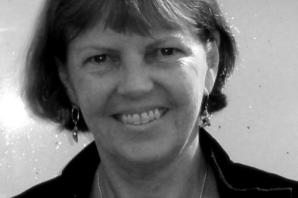Protecting aquatic biodiversity in a rapidly changing world
In every ecological community, some species are abundant while others - usually the majority - are rare. This distribution of abundance remains constant over time, but the individual species within this distribution are not static: some rare species may become common while others may become locally extinct. These on-going, natural changes are likely to be accelerated in response to climate change or disturbances such as the arrival of invasive species.
This work is part of a 5-year study of temporal and spatial turnover in biodiversity in tropical freshwaters
Prof. Anne Magurran studies freshwaters, marine and terrestrial ecosystems to predict and quantify how this distribution changes and at what pace, both as a consequence of natural evolution and under the influence of human activity. She also looks at the capacity of the aquatic communities to resist- and to recover from- these changes. Models developed in the project will provide practical solutions for the conservation of biodiversity in two very different areas: the county Fife (Scotland, UK), where the management history is well known; and two reserves of the Amazonian rainforest (Brazil), where more than 500 species of fishes have already been recorded.


